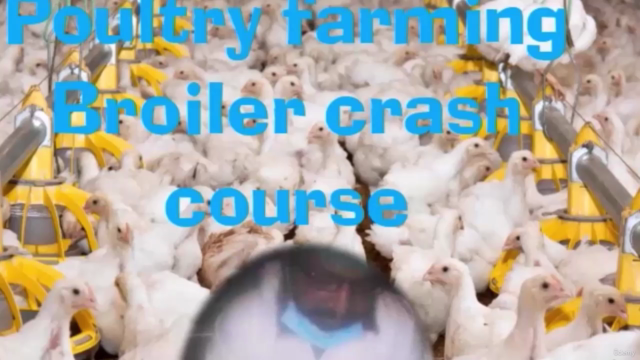poultry farming Broiler farming crash course
Broiler farm management profit extra income
3.88 (59 reviews)

11,960
students
4 hours
content
Apr 2024
last update
$39.99
regular price
What you will learn
chick management day old chick quality -chick arrival -environmental control
provision of feed and water supply of nutrient-feeding program -drinking system -feeding system
health disease surveillance disease investigation - disease recognition biosecurity-vaccination
housing and environment ventilation system lighting programs
Screenshots




Related Topics
4750792
udemy ID
6/25/2022
course created date
7/16/2022
course indexed date
Bot
course submited by